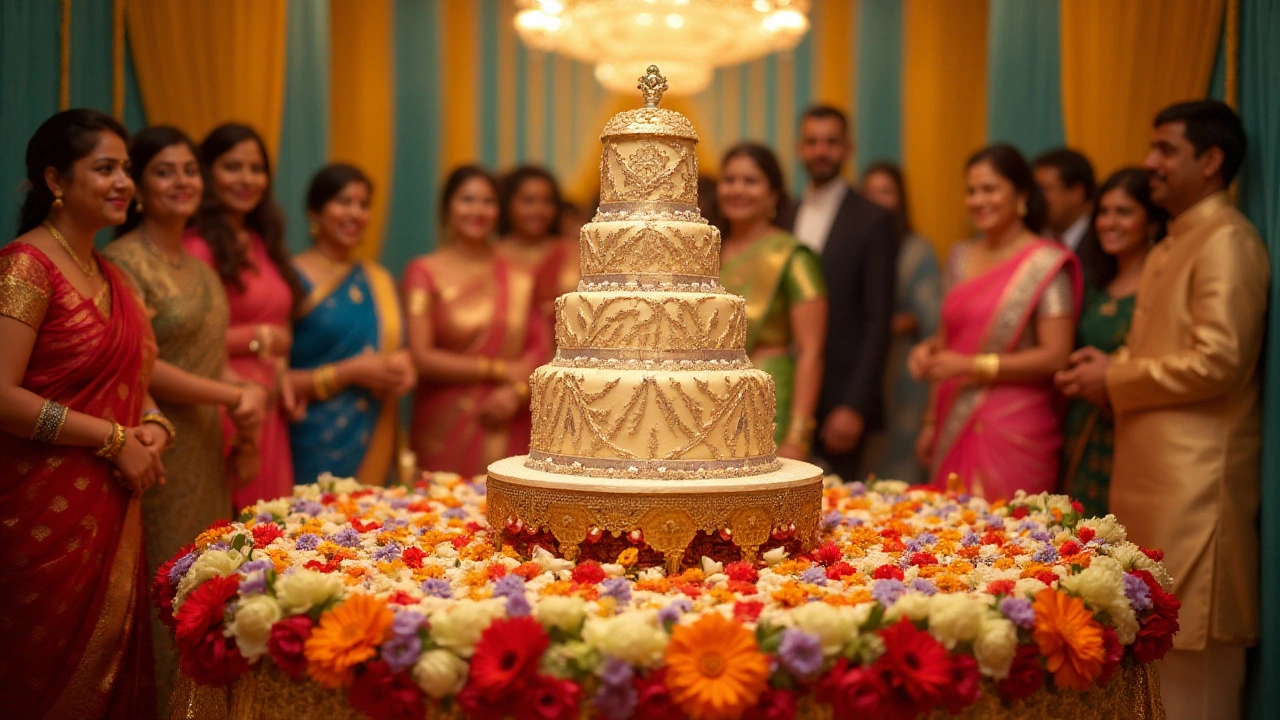Wedding Cake Superstitions: Myths, Meanings & Modern Tips
When talking about Wedding Cake Superstitions, old beliefs that claim certain actions or ingredients can bring good or bad luck to a marriage. Also known as cake folklore, these ideas have shaped how couples plan the big slice moment. Relatedly, Wedding Cake Cutting Tradition, the ritual where the couple cuts the first piece together and Luckiest Wedding Colors, hues believed to attract prosperity and happiness often intertwine with the superstitions. Understanding these links helps you decide which customs to keep, tweak, or skip.
Key Beliefs and Their Origins
One of the oldest ideas is that the first slice should be shared without a fork – using just hands signals unity and prevents future arguments over money. This belief is part of the broader wedding cake cutting tradition that dates back to ancient Rome, where guests would toss crumbs at the newlyweds for fertility. Another classic superstition says a cracked cake predicts a broken marriage, so bakers often hide tiny charms inside to offset any mishaps. These tales travel across cultures, influencing everything from the shape of the cake to the timing of the cut. When you hear “don’t let the cake touch the floor,” it’s a direct echo of that ancient fear of lost luck.
Colors play a surprisingly big role, too. In many Asian cultures, white symbolizes mourning, so couples avoid white frosting on the first slice. Instead, they gravitate toward reds or golds—colors tagged as the Luckiest Wedding Colors, shades believed to bring wealth and harmony. Even in Western weddings, pastel blues and soft pinks are thought to calm nerves and promote peace. Selecting a “lucky” palette isn’t just about aesthetics; it’s a subtle way to embed positive vibes into the celebration.
Speaking of vibes, the words you say while cutting can matter. A well‑crafted Cake Cutting Speech, a short toast that blends humor and heartfelt wishes is believed to set the tone for the marriage. Couples who keep the speech light and include a gratitude moment often report feeling more connected throughout the evening. The superstition here is simple: positive words attract positive outcomes, while a negative slip can invite unnecessary drama.
Modern couples face a choice: honor every old rule or cherry‑pick the ones that feel right. If you’re nervous about the “no fork” rule, consider using a decorative knife that matches your theme—still symbolic, but less awkward. Want to dodge the cracked‑cake omen? Ask your baker to add a hidden ribbon or a small figurine inside the layers; it’s a fun secret that turns an accident into a story. And if you’re unsure about color, blend a lucky hue into the décor instead of the cake itself, keeping the finish elegant without breaking tradition.
Another practical tip is timing. Many superstitions warn against cutting the cake before the first dance, claiming the celebration isn’t complete and luck is incomplete. Scheduling the cut right after the dance, when guests are warmed up and the energy is high, aligns with that belief while keeping the flow smooth. Pair this with a brief “thank you” moment to the guests, and you’ve woven tradition into a natural part of the night.
By now you should see how wedding cake superstitions aren’t just quirky anecdotes; they’re a network of ideas that touch the cake, the colors, the speech, and the timing. Below you’ll find a curated list of articles that dive deeper into each of these aspects—budget‑friendly cake ideas, the history of cutting together, color symbolism, speech writing tips, and more. Whether you plan to follow every tradition or create your own spin, the insights here will help you make informed, confident choices for your big day.
Wedding cakes have long been surrounded by a veil of superstition and tradition. From the ancient Romans to modern couples, these sweet symbols have often been associated with good fortune and fertility. Some believe saving a piece of the cake can predict future celebrations, while others think it assures happy unions. This article explores various superstitions that have impacted wedding cake planning and baking across cultures and generations.
